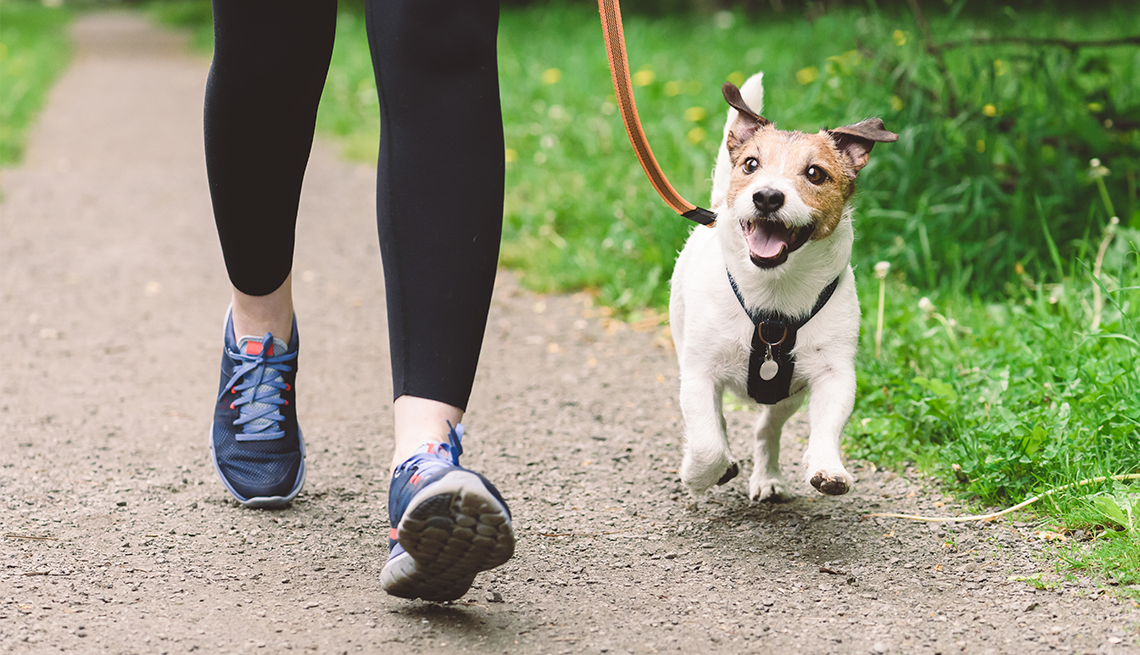How to prevent injuries in dogs?

Keeping your dog safe from injuries requires both preventive measures and careful monitoring during exercise. Here are some effective ways to help minimize your dog’s risk of injury and maintain their well-being.
1. Warm-Up and Cool-Down
- Warm-Up: Before high-intensity activities, start with a few minutes of light walking or play. This helps gradually increase heart rate and warm up muscles.
- Cool-Down: After exercise, allow for a few minutes of slower activity to help ease your dog’s muscles and prevent stiffness.
2. Choose Age-Appropriate Exercises
- Young Dogs: Puppies have growing bones, so avoid high-impact activities like running on hard surfaces.
- Senior Dogs: For older dogs, choose low-impact exercises like swimming or gentle walks to keep them active without straining joints.
3. Watch for Overexertion
- Limit Exercise: Avoid over-exercising, which can strain muscles and lead to injuries.
- Know the Signs: Be mindful of signs like excessive panting, limping, or reluctance to continue, and allow for rest as needed.
4. Provide Joint Support for At-Risk Dogs
- Use Braces: For dogs prone to joint issues (e.g., hip dysplasia or ACL injuries), dog braces can provide additional support during activities.
- Gradual Conditioning: Strengthen joint-supporting muscles through controlled and low-impact exercises to increase stability.
5. Avoid Repetitive Activities
- Mix Up Exercises: Vary types of exercise to prevent overuse of any one body part. Incorporate activities like walking, playing fetch, and gentle agility courses.
- Moderate High-Impact Sports: Avoid repetitive jumping or running on hard surfaces, especially for dogs prone to joint issues.
6. Regular Vet Check-Ups
- Health Screenings: Regular check-ups help detect any joint or muscle concerns early, so you can address them before they lead to injuries.
- Consult on Activity Levels: Ask your vet for exercise recommendations based on your dog’s health, age, and breed.
7. Safe and Suitable Environments
- Avoid Hard Surfaces: Run or play on soft grass instead of concrete to reduce the risk of slipping or straining joints.
- Weather Conditions: Extreme heat or cold can increase the risk of muscle strains and fatigue, so adjust exercise levels based on the weather.
8. Balanced Diet and Hydration
- Nutrition: A diet that supports healthy bones, muscles, and joints is key to preventing injuries.
- Stay Hydrated: Ensure your dog has access to fresh water, especially during warmer weather or after exercise.
9. Provide Rest and Recovery
- Rest Days: Rest is essential for muscle recovery and helps prevent injuries related to overexertion.
- Comfortable Resting Areas: Ensure your dog has a comfortable place to relax and recover, especially after strenuous activities.
By following these steps, you can help keep your dog safe and active while minimizing the risk of injuries. If you notice any signs of pain or discomfort, consult your vet for advice on managing and preventing injuries for your dog’s specific needs.




